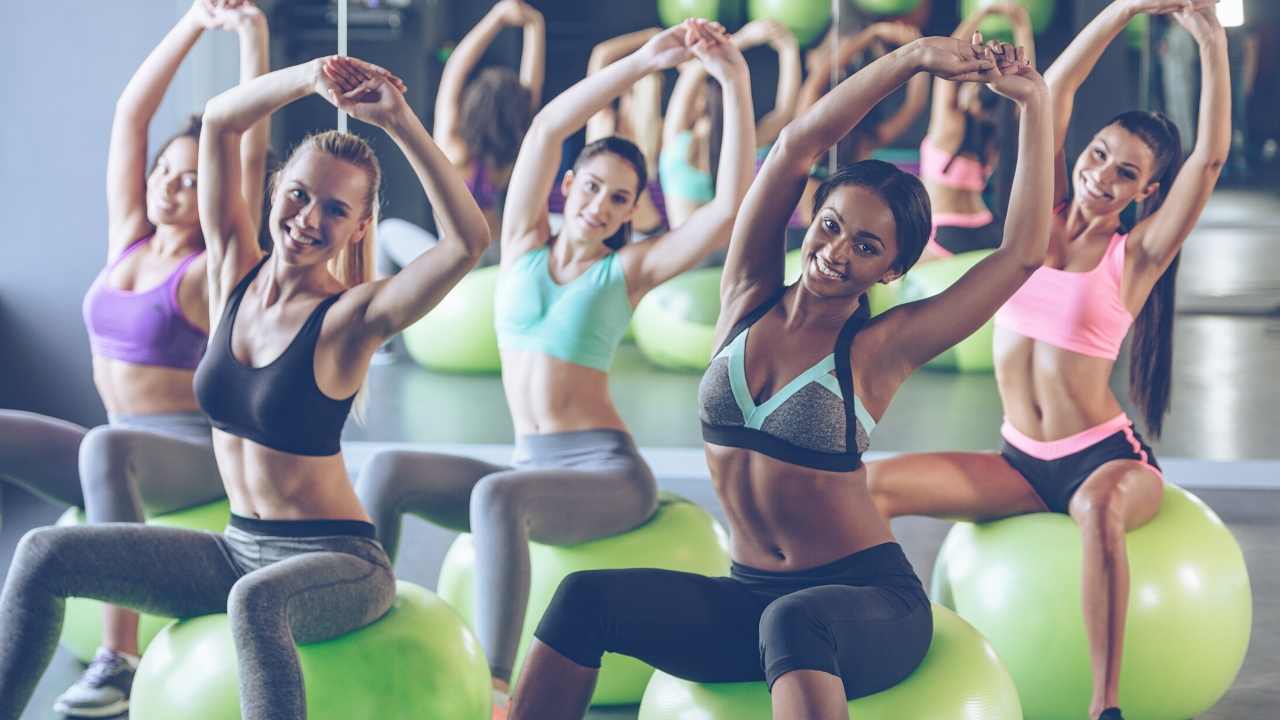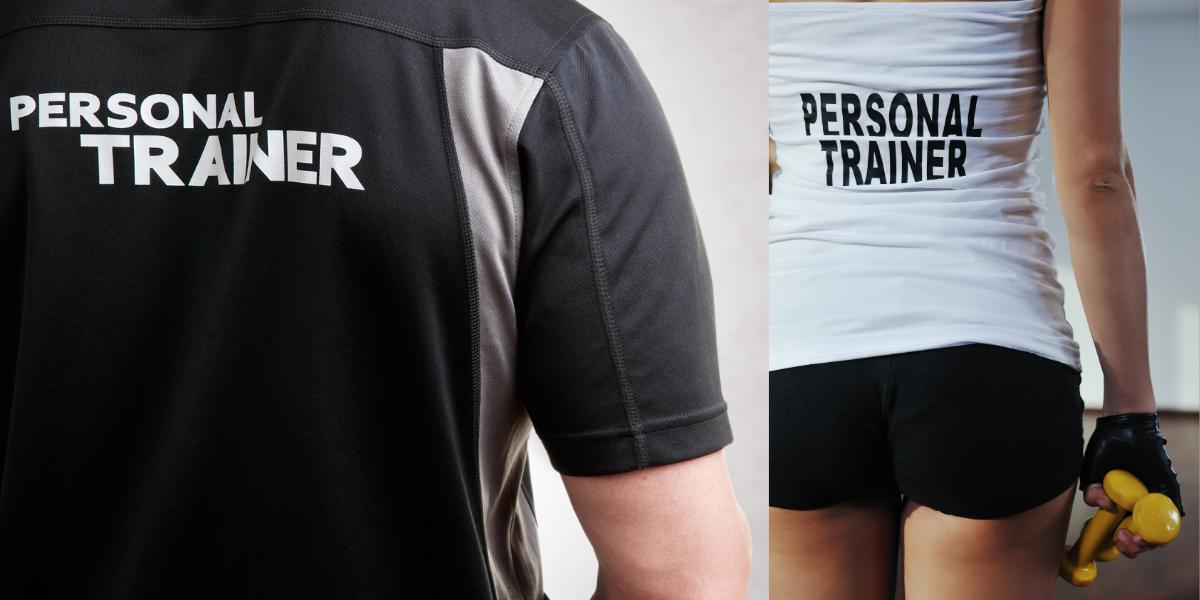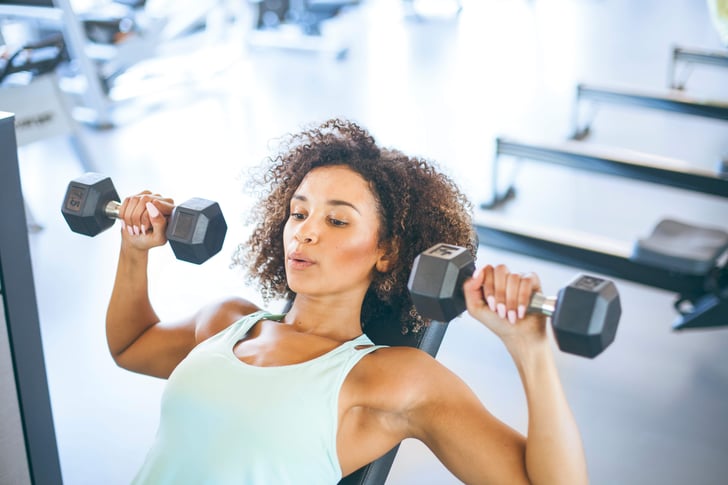
Squats, which are great for beginners, will strengthen your lower body and prevent injuries to the joints. This exercise is great for building muscle, shedding fat, as well as toning your body. Besides, squats will improve your overall health. Start with the simplest variations first, then work your way up to more challenging variations. Listed below are some tips for beginner squats.
Begin by focusing on the point at the wall in front you. You should not look into the mirror. Instead, fix your eyes on the point of the wall and place your chin so that your knee and hip joints are parallel. Once you've mastered the technique you can do the exercise yourself. You can consult a trainer if you have any questions.

Squats are an excellent exercise for beginners. The difficulty of these exercises lies in the lack of strength in the lower body. Beginners should start at low weights and slowly increase. In addition, beginners should avoid piling the weight too high, which can lead to a pulled hamstring or lower back strain. The exercise is effective in burning fat and squats will help you build your upper-body.
After you have improved your lower body strength you can add weight. A weighted dumbbell or barbell can help you with this. The external load will help you do deeper squats and provide counterbalance. You can add weight to your body, but also increase your confidence by adding a counterbalance. When squatting, you should keep your hips in line with your shoulders. Remember to engage your glutes and your core muscles during the movement.
For the best squats use weights to keep the weights. The ability to bend your knees in a straight position and keep your feet flat on the ground is essential. Your toes should point forward and your toes must point outwardly slightly. Keep your neck and head parallel with the ground. Your arms should be straight, parallel to the ground. Squats are easier if you have a flexible back.

Keep your spine straight while performing squats. Always try to keep your knees parallel to the floor. If your knees don't point up, your knees may be at risk. A straight spine is essential for a perfect squat. Additionally, your spine should be straight. Squats are a good exercise for the back, core, and legs.
FAQ
What's the difference between a virus & a bacterium?
A virus is a microscopic organism that cannot reproduce outside its host cell. A bacterium (or single-celled organism) reproduces by splitting itself into two. Viruses have a very small size (about 20 nanometers), while bacteria is larger (up to one micron).
Viruses are often spread through contact of infected bodily fluids like saliva, urine or semen. Bacteria can be spread by direct contact with infected objects and surfaces.
Viruses can enter our bodies through cuts, scrapes, bites, or other breaks in the skin. They may also get into the body through the nose and mouth, eyes, ears or rectum.
Bacteria can enter our bodies through wounds, cuts, scrapes, burns, insect stings, or other breaks in our skin. They may also be introduced into our bodies through food and water as well as soil, dirt, dust, and animals.
Both bacteria as well as viruses can cause illness. But viruses can't multiply within their hosts. Viral infections can only cause diseases in living cells.
Bacteria can cause illness by multiplying in the body. They can infiltrate other parts of the body. We need antibiotics to get rid of them.
What is the difference between a calorie or a kilocalorie.
Calories refer to units that are used for measuring the energy in food. Calories is the unit of measurement. One calorie is the amount of energy required to heat one gram water one degree Celsius.
Kilocalories are another term for calories. Kilocalories are expressed in thousandths (or a calorie). 1000 calories, for example, equals one kilocalorie.
Do I need to count calories
You might be asking "What is the best diet?" or "is counting calories necessary?" This depends on your health and lifestyle.
The Best Diet For Me: Which One Is Right?
The best diet for me depends on my current health status, my personal goals, my preferences, and my overall lifestyle. There are many different diets, some good and some not so good. Some work well for certain people while others don't. What can I do to make the right choice? How can I make the best decision?
These are the questions this article will answer. It begins by briefly describing the various diets available today. The pros and cons of each diet are then discussed. Then, we will discuss which diet is the best.
Let's start by taking a look at the various types of diets.
Diet Types
There are three main types. Low fat, high proteins, and ketogenic. Let's take a look at them all below.
Low Fat Diets
A low fat diet is a diet that restricts the amount of fats consumed. This is done by reducing your intake of saturated oils (butter, cream cheeses, etc.). These fats can be replaced with unsaturated fats like avocados and olive oil. Low fat diets are often recommended to those who wish to lose weight quickly. This diet can cause problems such constipation as heartburn, indigestion, and even stomach pain. If a person doesn’t receive enough vitamins from their foods, this can lead to vitamin deficiency.
High Protein Diets
High protein diets are known to restrict carbohydrate intake and promote the consumption of proteins. These diets are more protein-rich than others. These diets are meant to increase muscle mass, and burn more calories. They may not be able to provide sufficient nutrition for people who need it. They may also be too restrictive and not suitable for everyone.
Ketogenic Diets
Ketogenic diets can also be known as keto diets. They are high on fat but low in carbs and proteins. These are often used by bodybuilders and athletes because they allow them the ability to train harder and for longer periods of time without feeling tired. They do require strict compliance to avoid any side effects like fatigue, headaches, nausea, and headaches.
How often should I exercise?
Fitness is key to a healthy lifestyle. There is no set time limit for exercising. Finding something you enjoy is key. Stick with it.
You should aim to do 20-30 minutes of moderate intensity exercise three times per week. Moderate intensity means that you will still be working hard even after your workout is over. This type workout burns about 300 calories.
You can walk for 10 minutes every day if that is what you prefer. Walking is low-impact, easy on your joints, and it's also very gentle.
If you'd rather run, try jogging for 15 minutes three times a week. Running is a great way of burning calories and building muscle tone.
Start slowly if you aren't used to doing exercise. Begin with 5 minutes of cardio every other day. Gradually increase the amount of cardio you do until you reach your goal.
Why do we need to have a healthy lifestyle?
Having a healthy lifestyle helps us live longer, happier lives. Healthy eating habits, regular exercise, healthy sleep habits, stress management, and good sleep habits can help to prevent heart disease, stroke, diabetes, cancer, and other serious diseases.
A healthy lifestyle can also help improve mental health and make it easier to deal with daily stressors. A healthy lifestyle will help us feel more confident and younger.
Statistics
- WHO recommends consuming less than 5% of total energy intake for additional health benefits. (who.int)
- According to the 2020 Dietary Guidelines for Americans, a balanced diet high in fruits and vegetables, lean protein, low-fat dairy and whole grains is needed for optimal energy. (mayoclinichealthsystem.org)
- This article received 11 testimonials and 86% of readers who voted found it helpful, earning it our reader-approved status. (wikihow.com)
- nutrients.[17]X Research sourceWhole grains to try include: 100% whole wheat pasta and bread, brown rice, whole grain oats, farro, millet, quinoa, and barley. (wikihow.com)
External Links
How To
How to live a healthy lifestyle
A healthy lifestyle is one where you are able to maintain your weight, your health and your fitness level. Healthy living means eating right, exercising regularly, getting enough rest, and staying away from harmful substances like alcohol, tobacco, cocaine, and drugs. A healthy lifestyle helps you stay fit and feel good about yourself. Additionally, a healthy lifestyle will reduce your chances of developing chronic diseases like stroke, diabetes and cancer.
The main goal of this project was to provide a step-by-step guide on how to live a healthier life. The first part of the project consisted of writing the introduction, which explains what a healthy lifestyle is, why people should adopt a healthy lifestyle and who we are. The body paragraphs contain tips on how to maintain a healthy lifestyle. Finally, I wrote my conclusion. It summarizes the entire article and gives additional resources if required.
This assignment helped me to understand how to write concise paragraphs. I also learned how to organize my thoughts into topic sentences, and the supporting details. My research skills were also improved as I had to search for specific sources and properly cite them. Lastly, I gained knowledge on how to use proper grammar when writing.